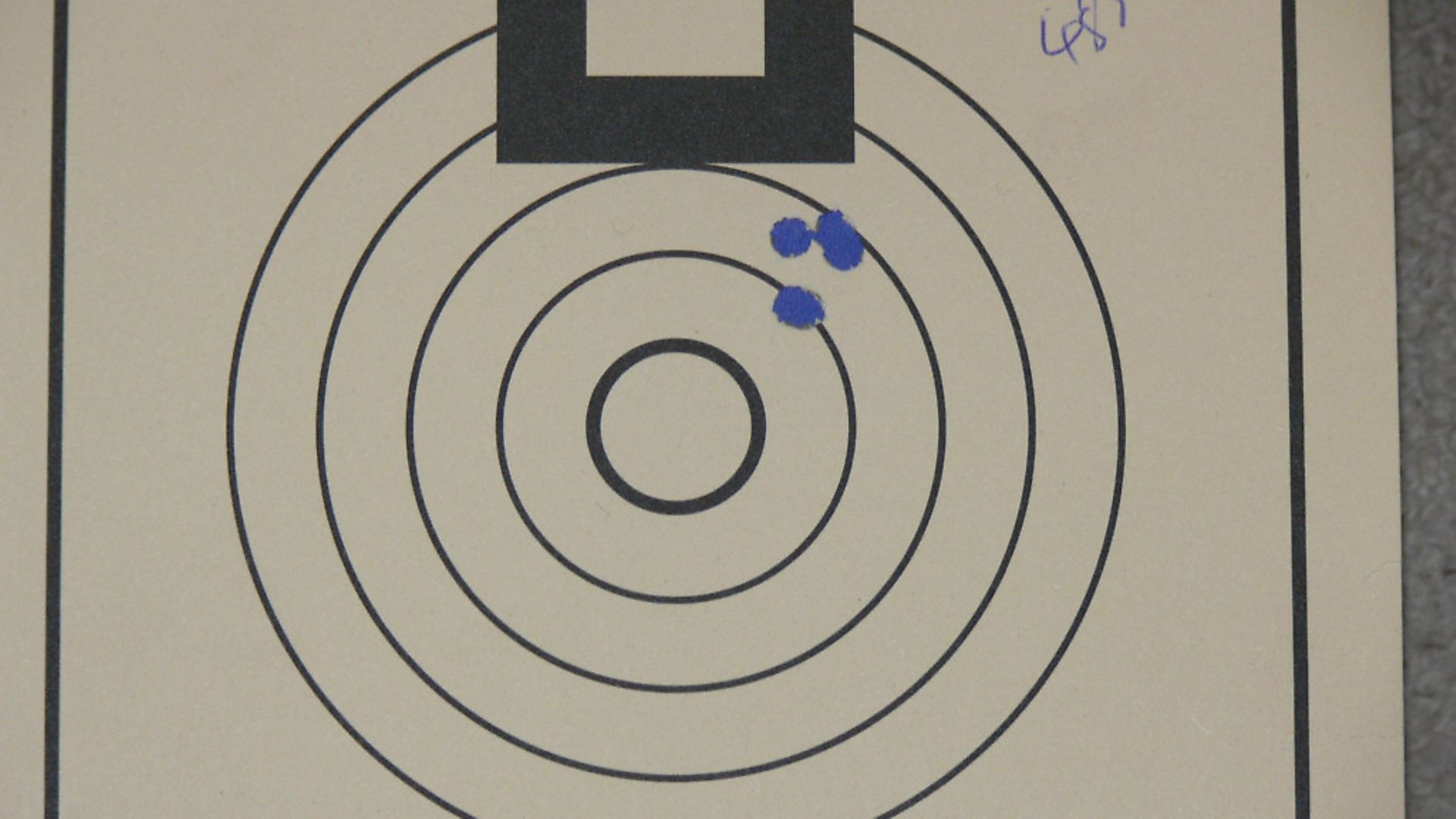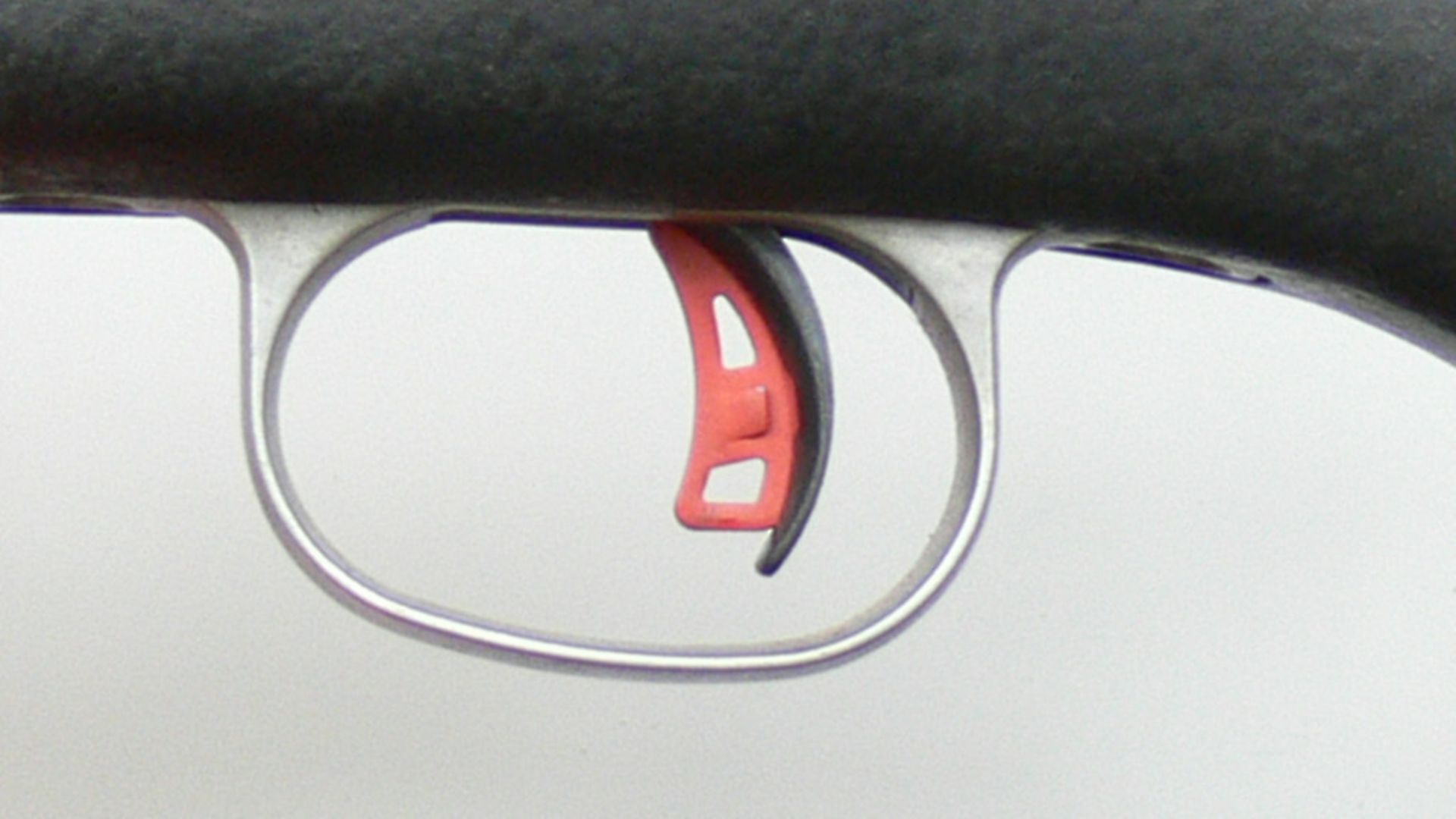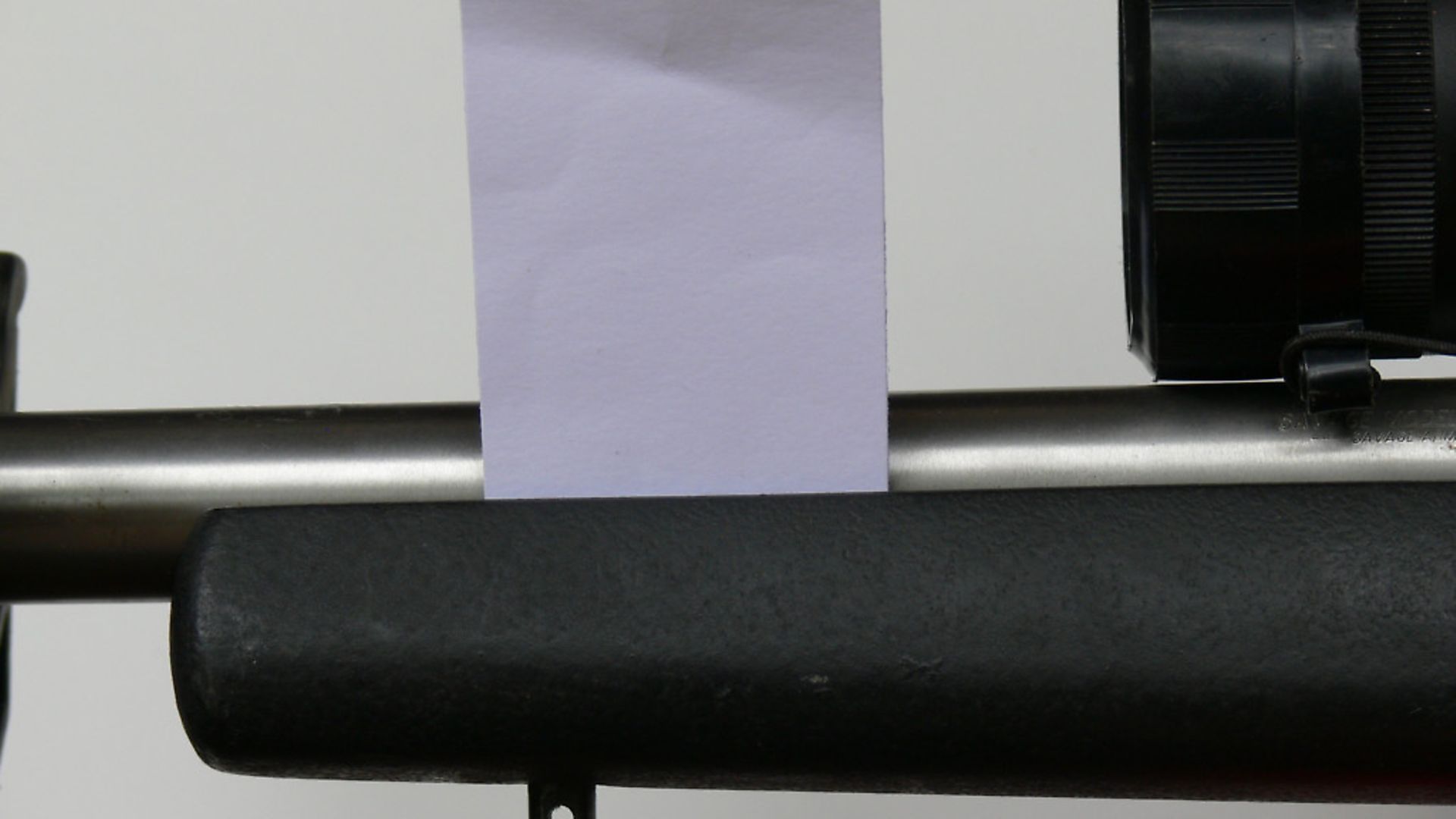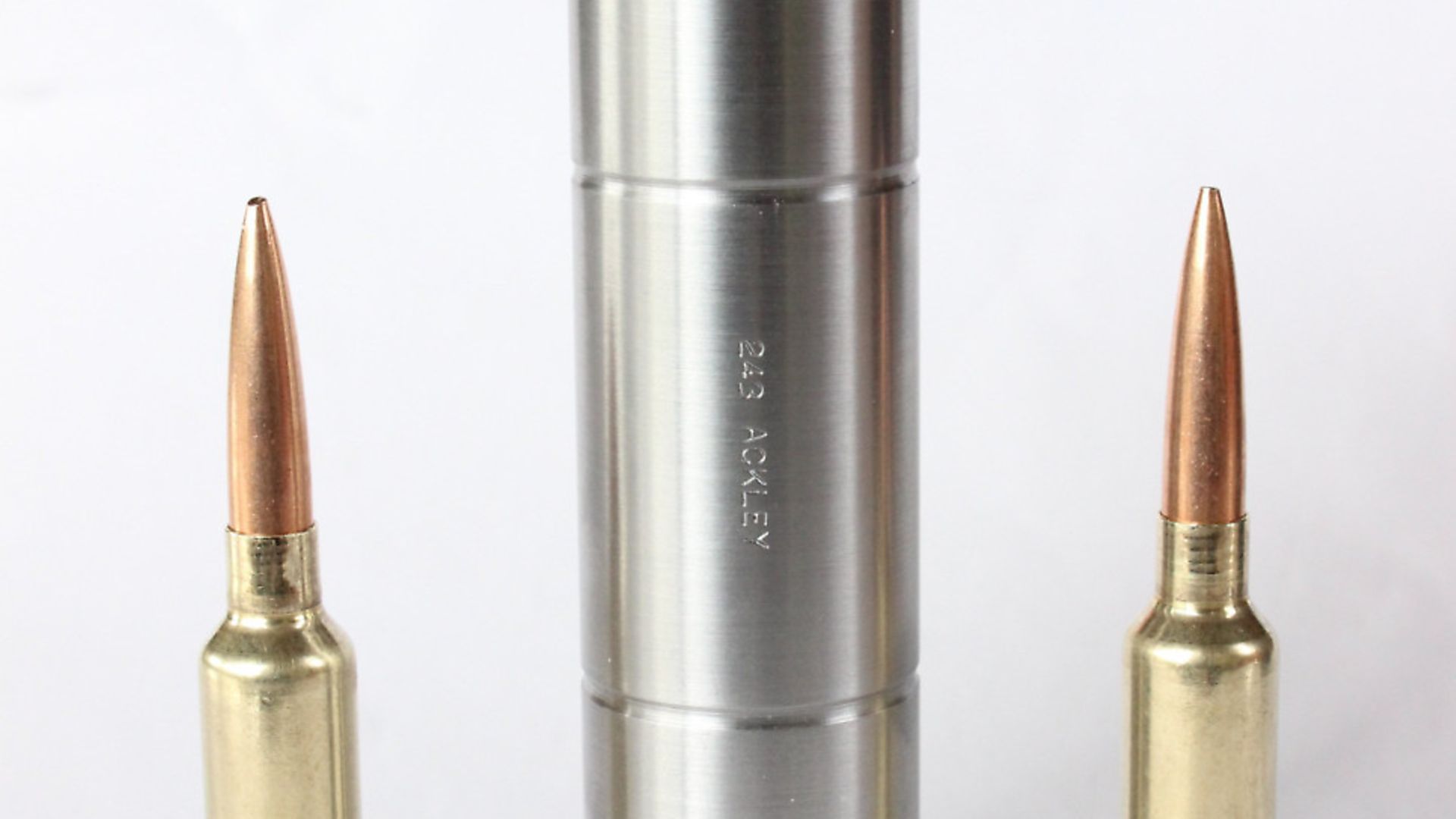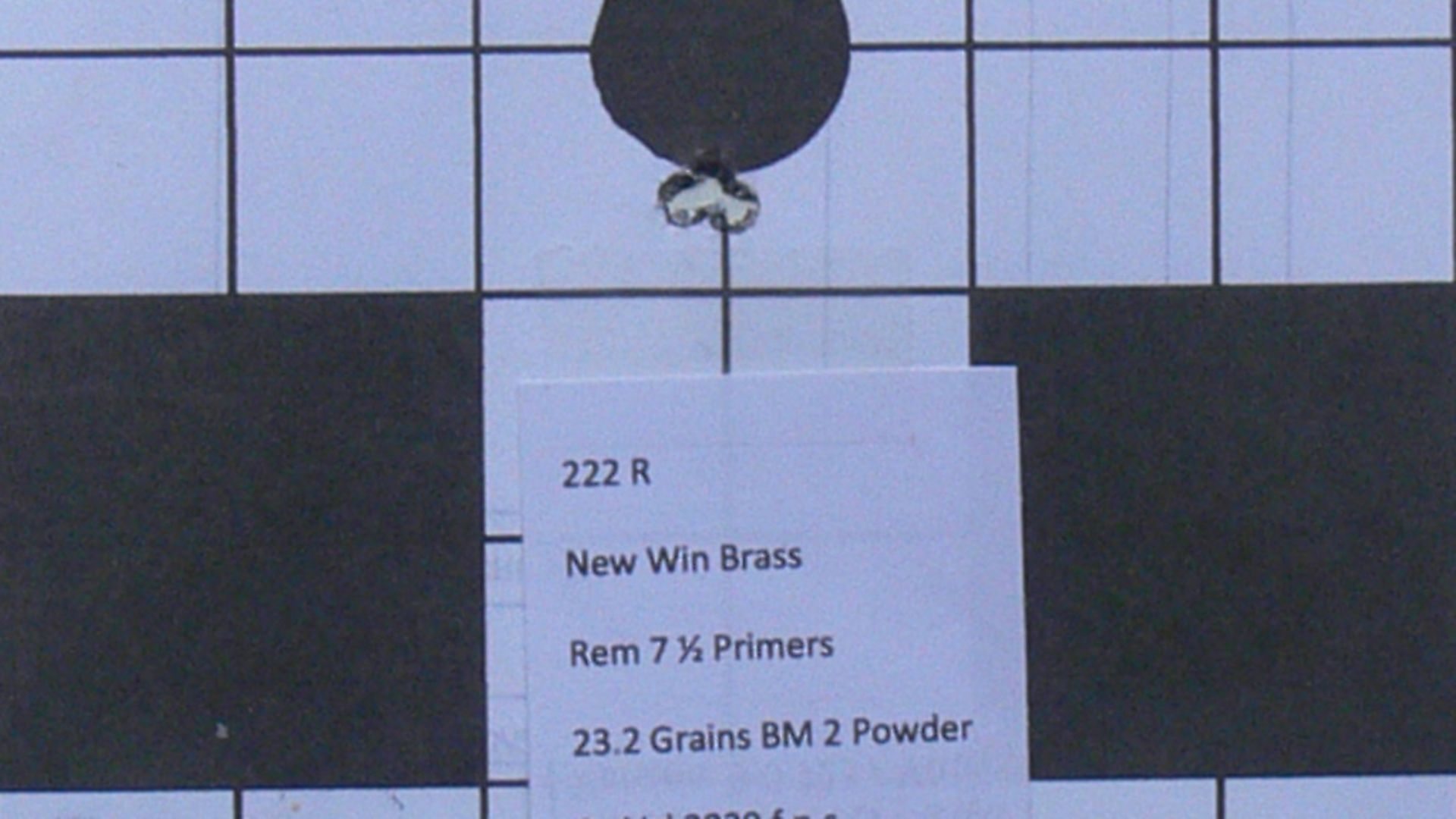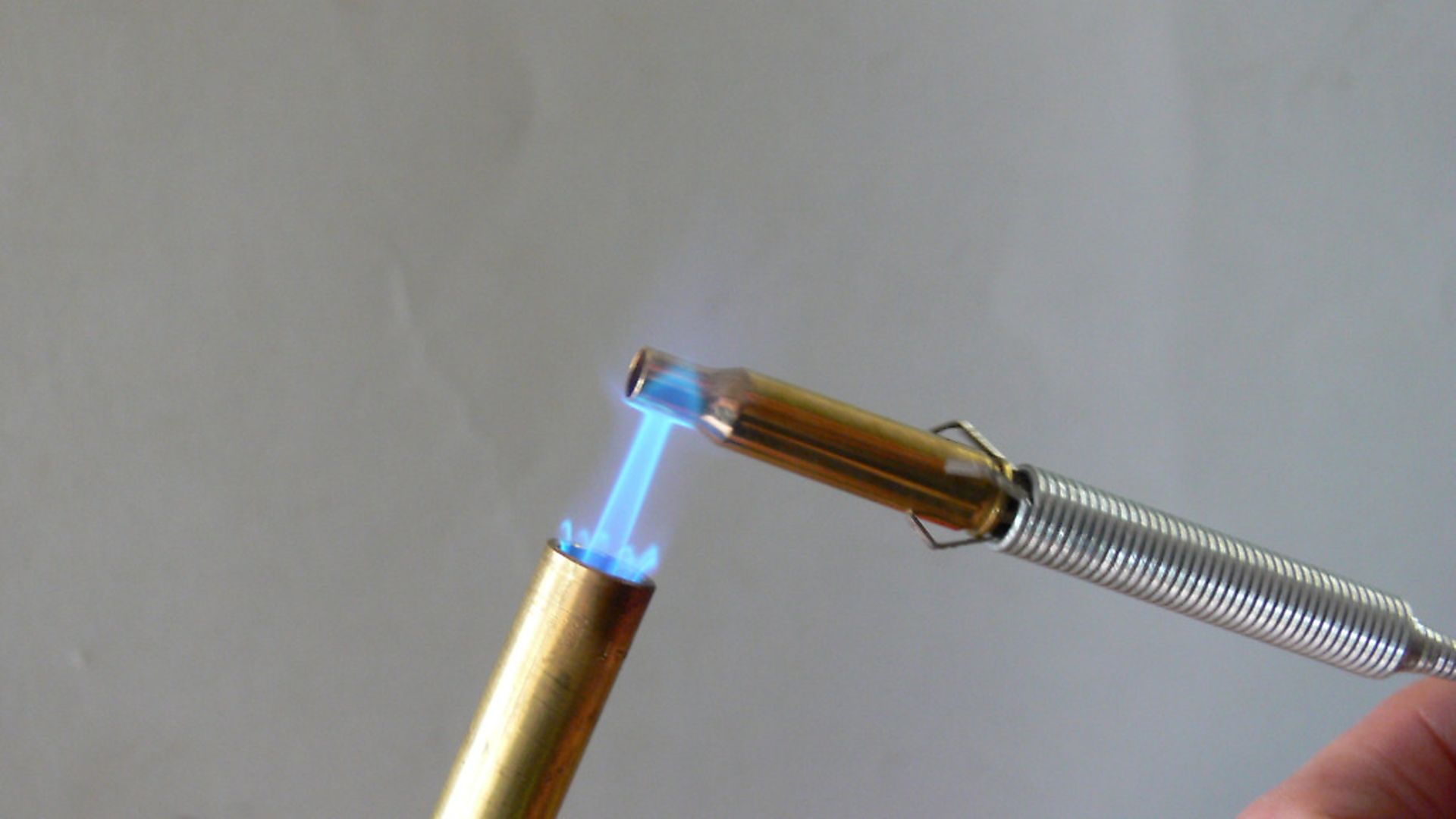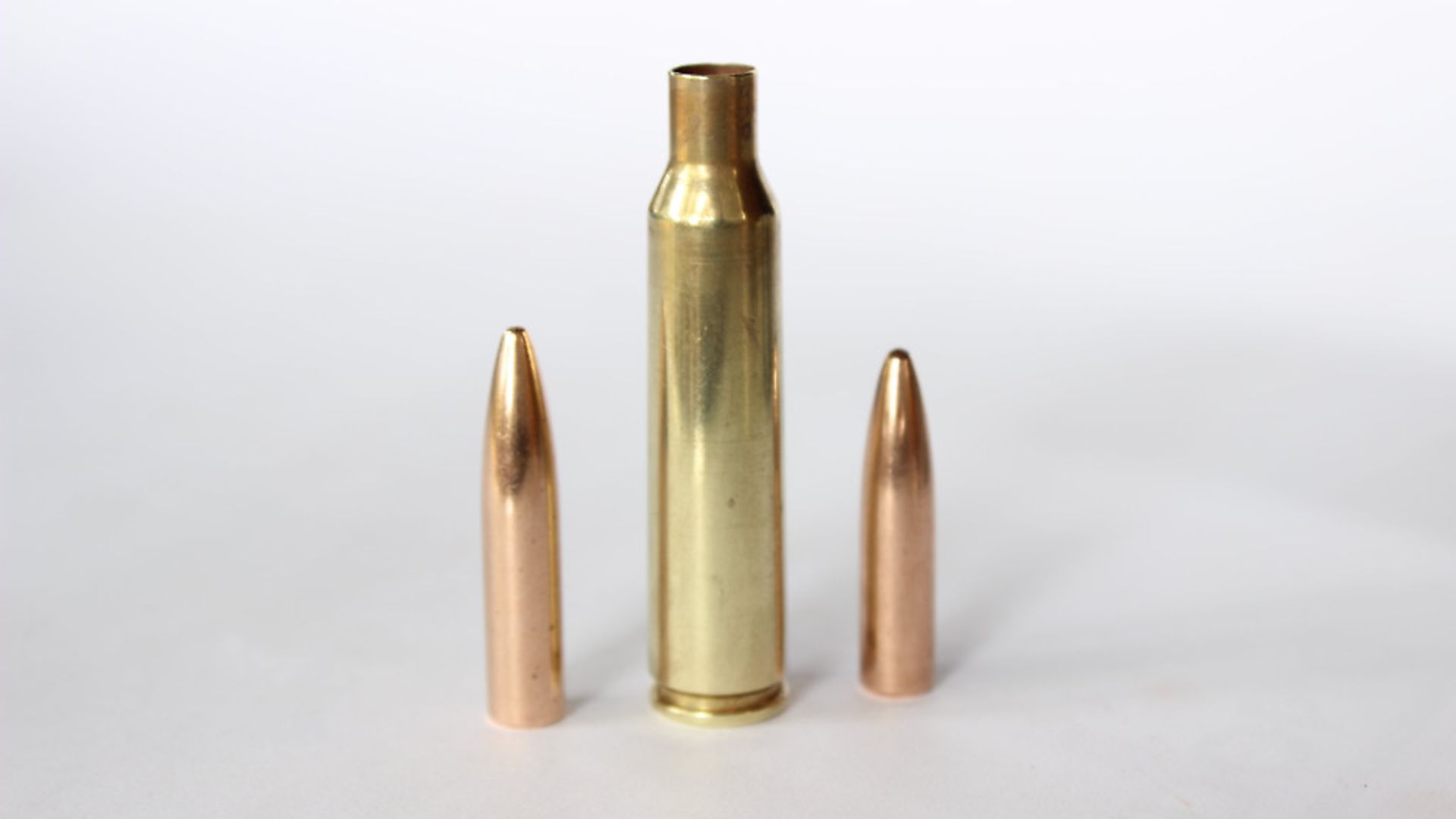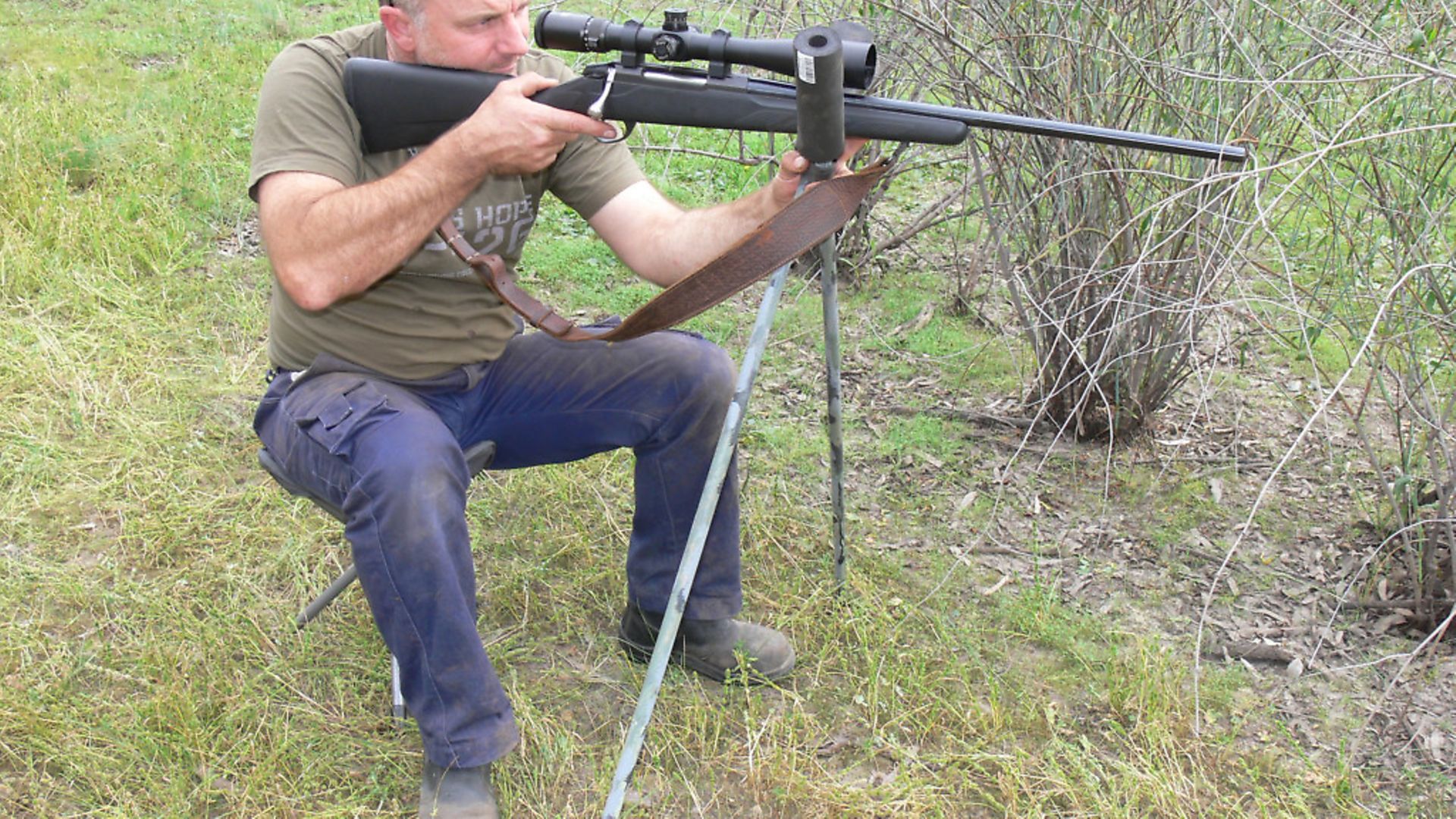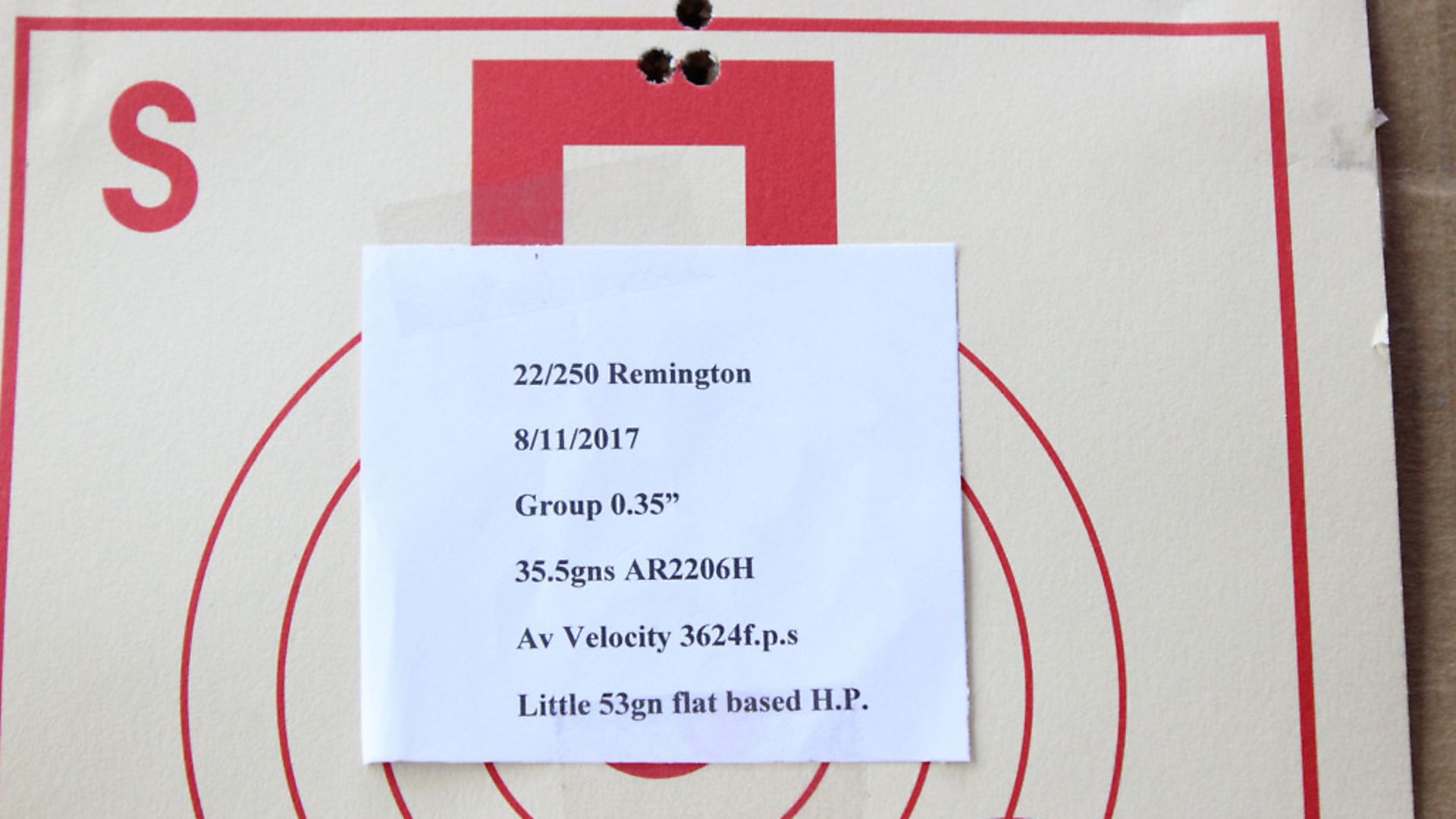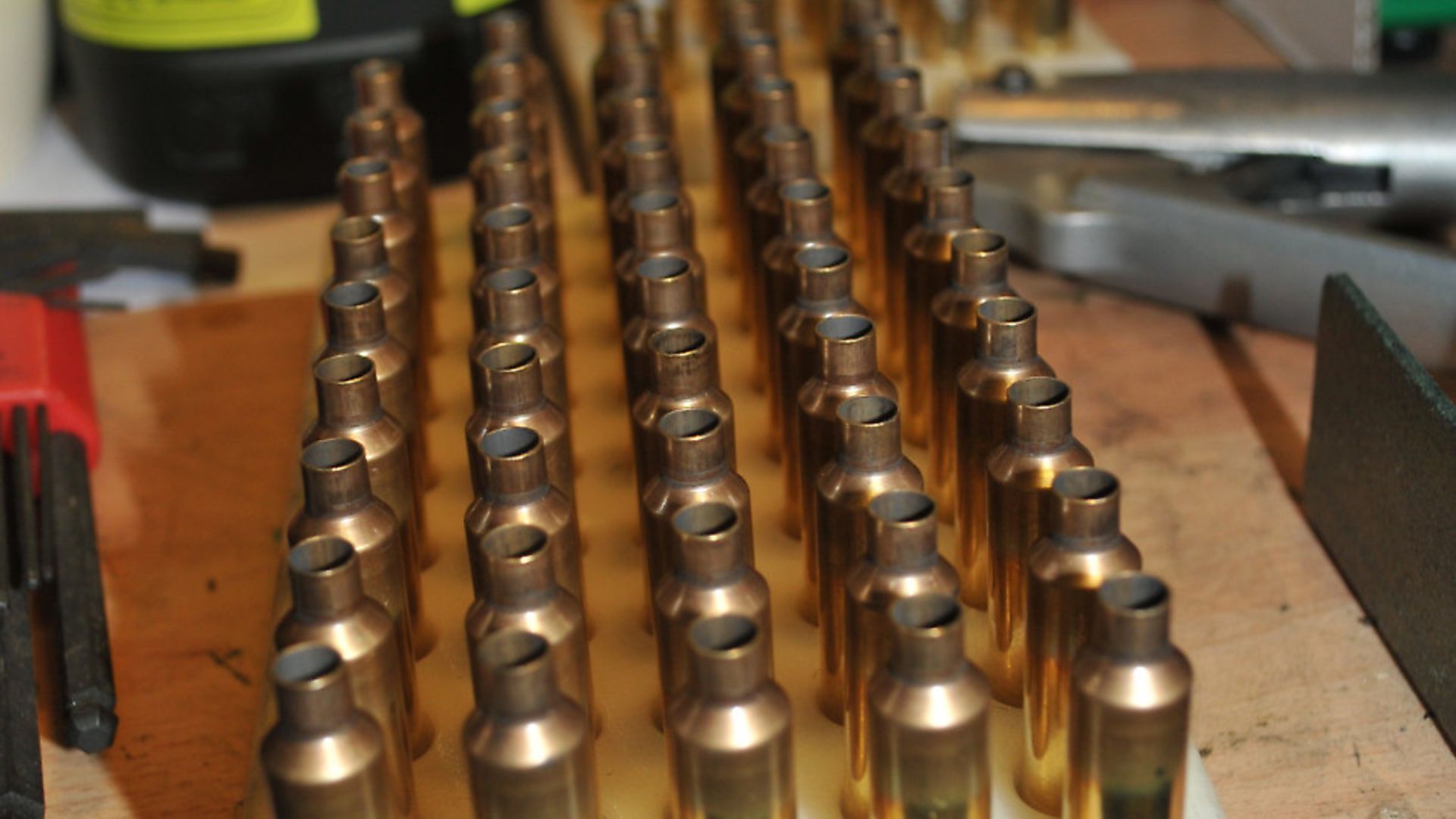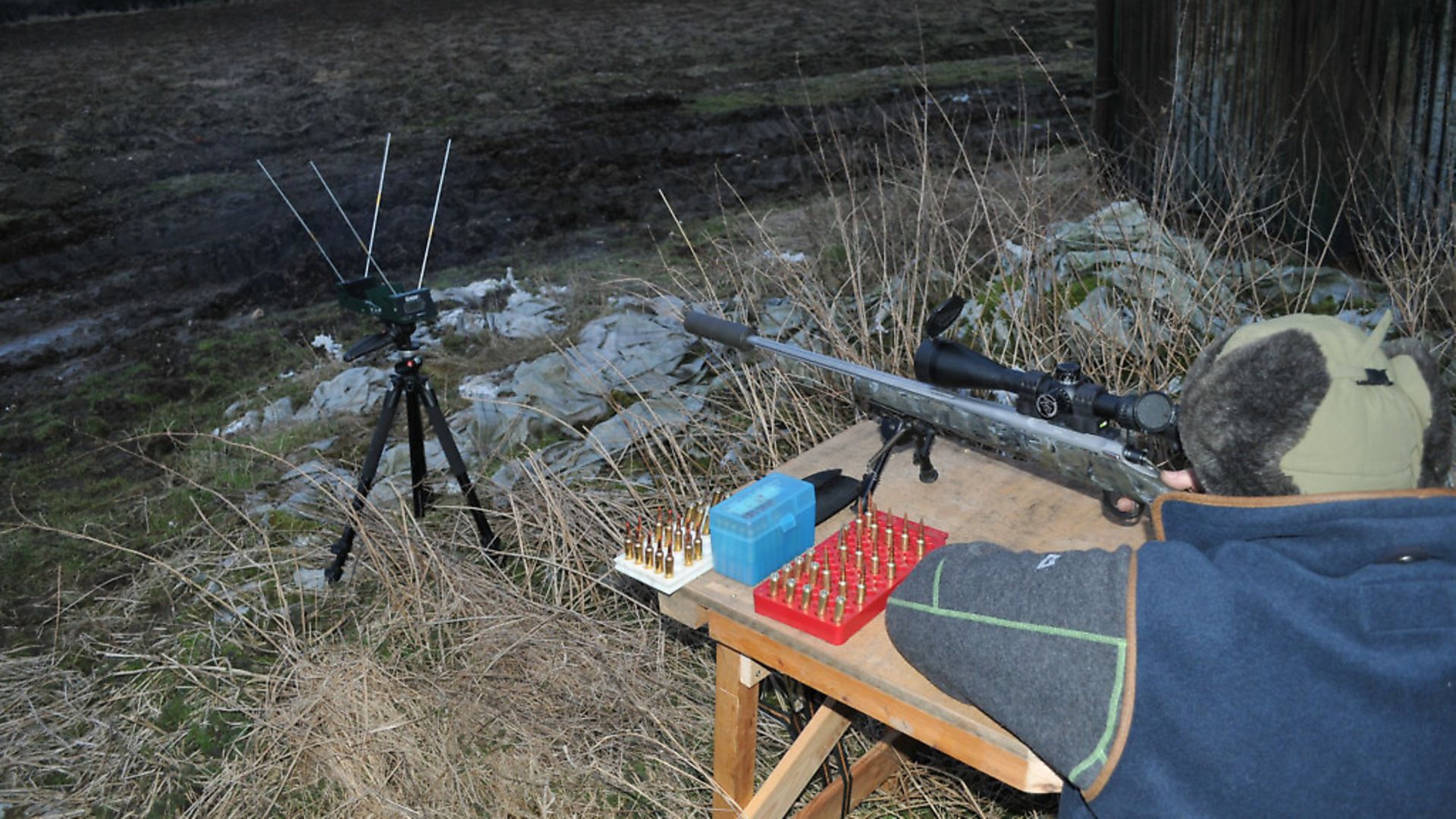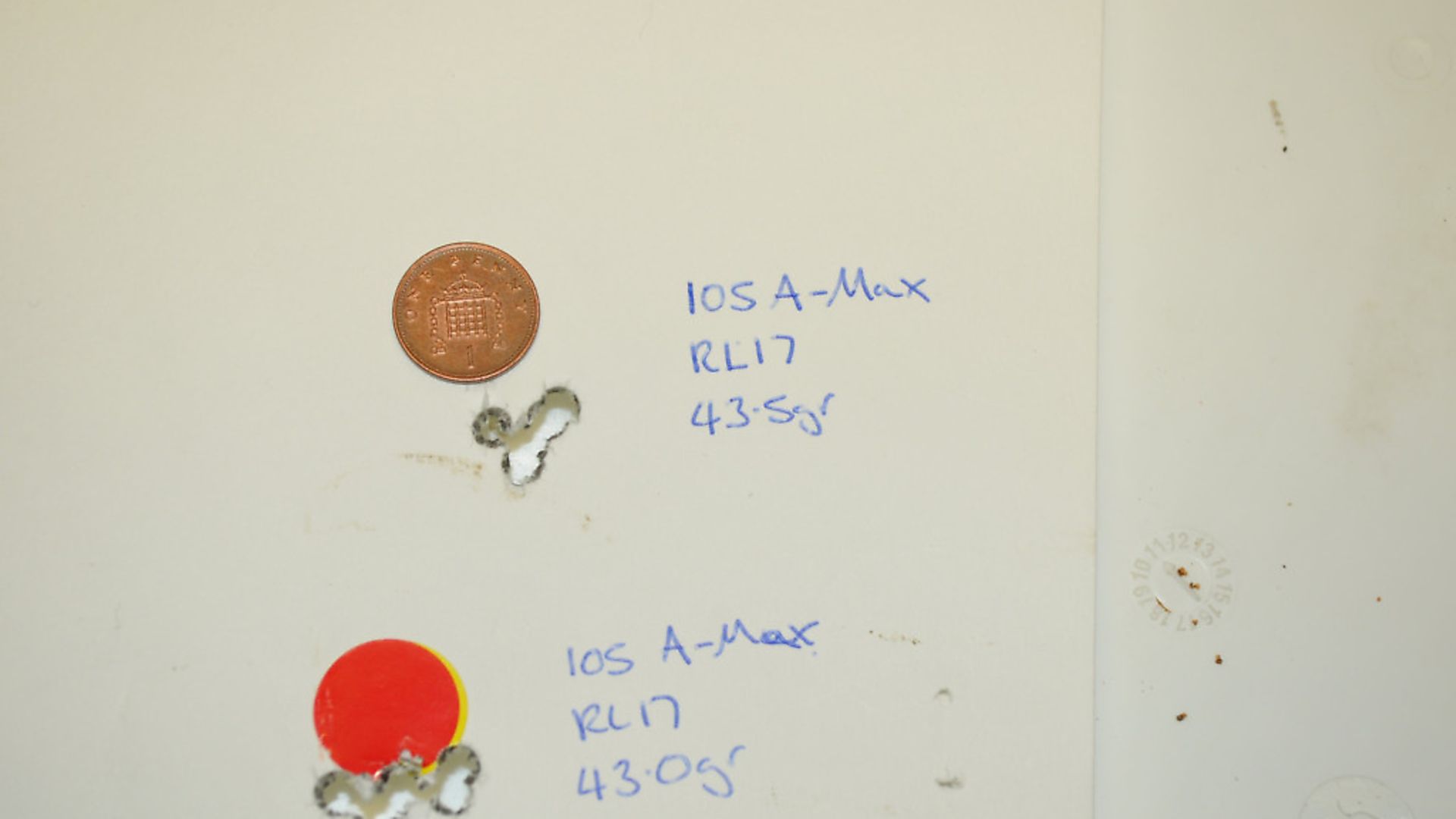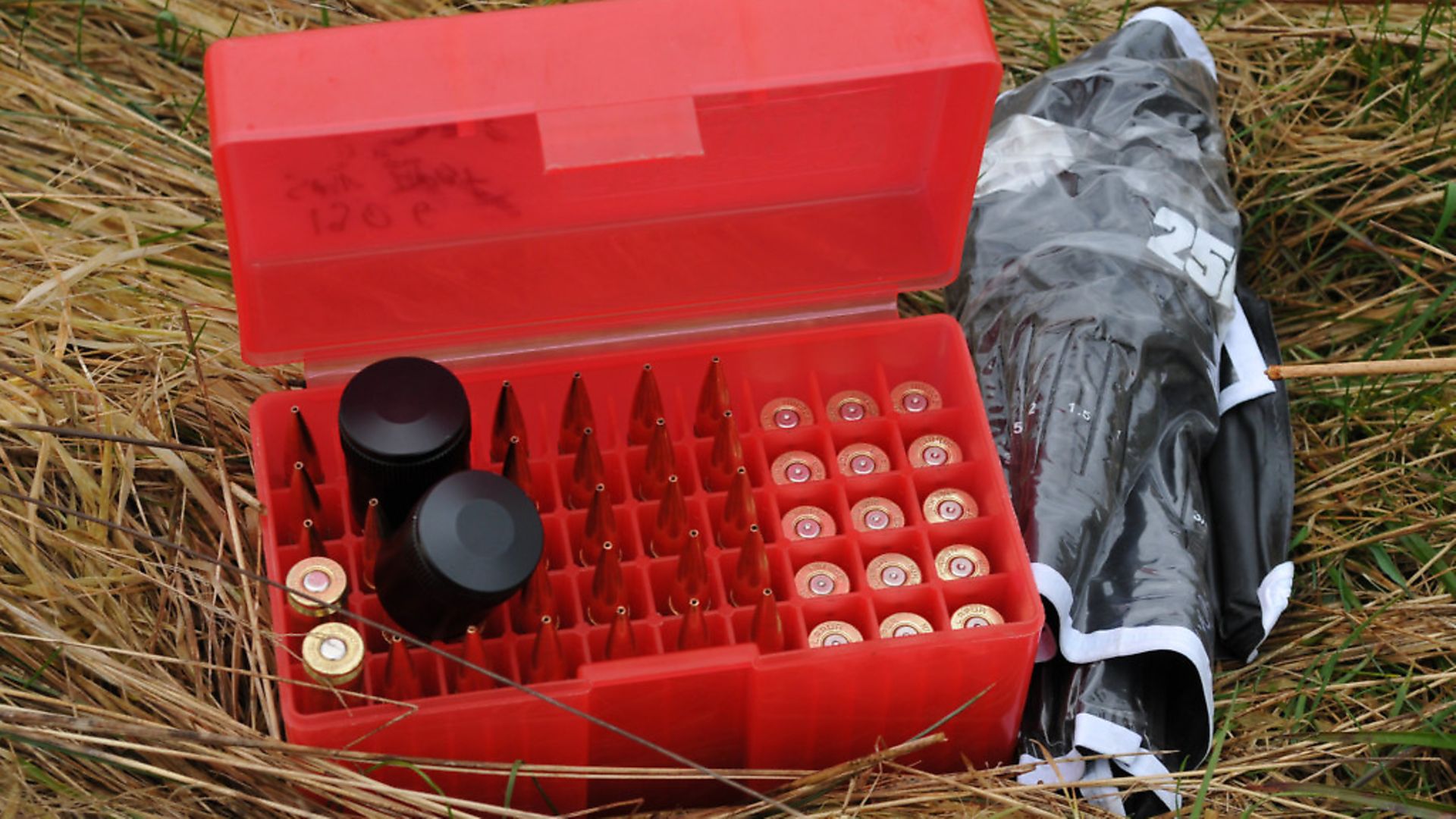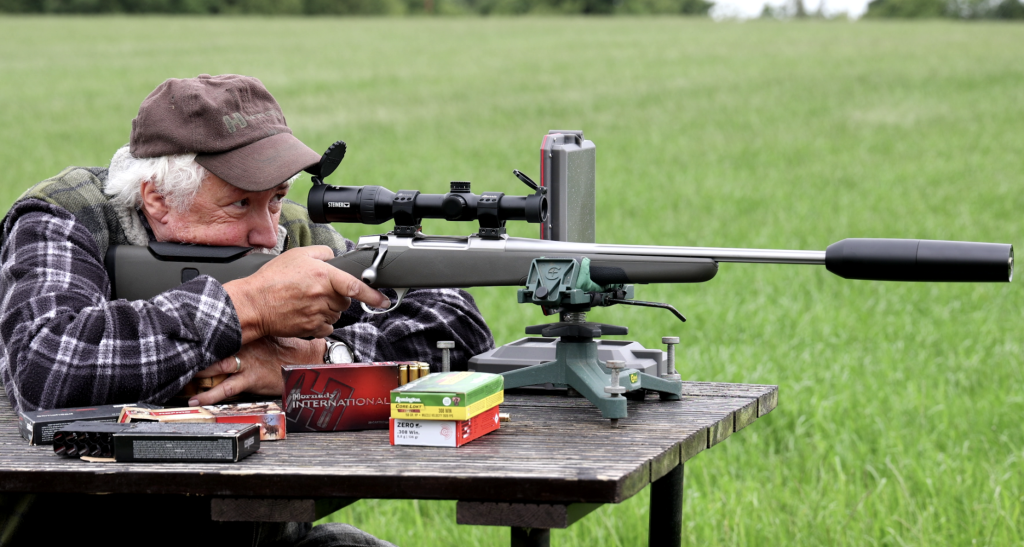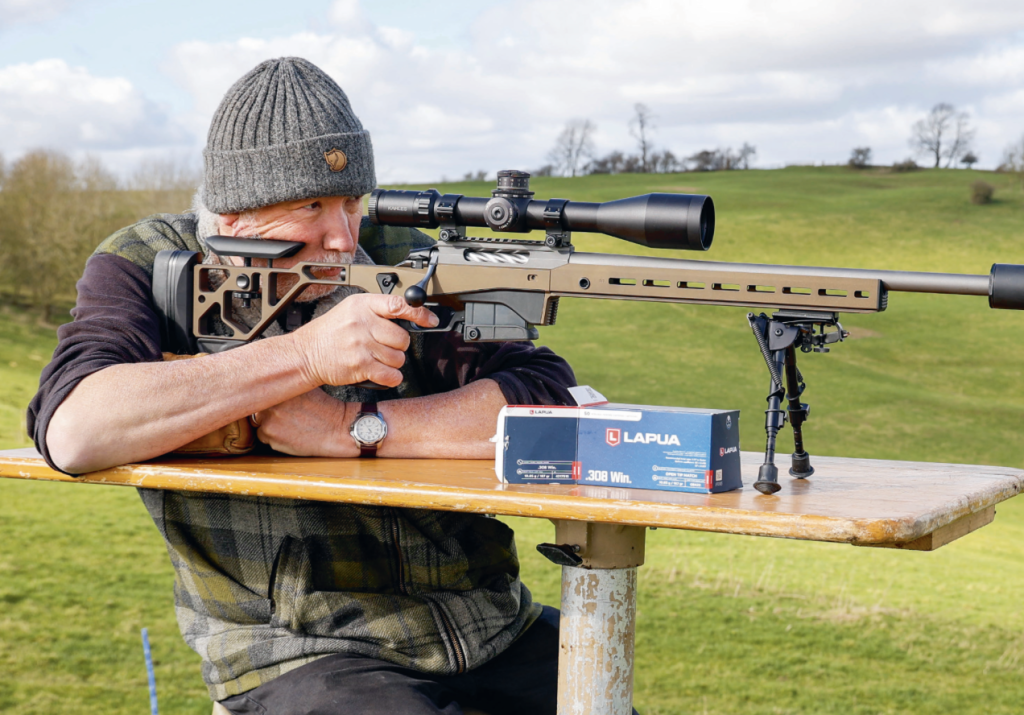What is an “accurate” rifle?
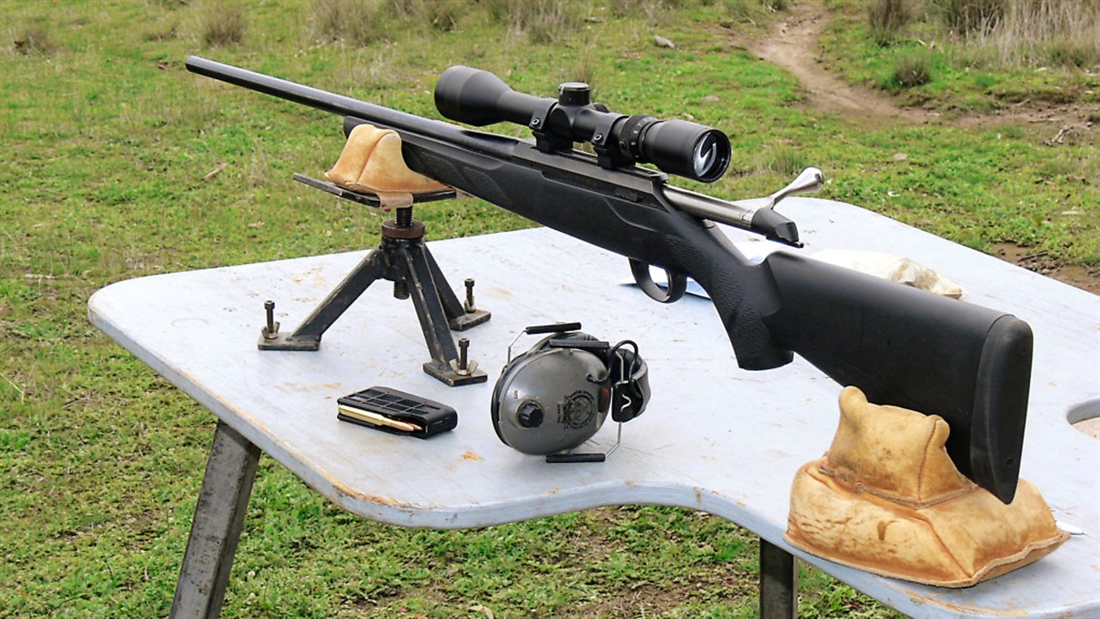
What does “accuracy” actually mean? Is there a way to decide a standard of accuracy that relates to all the different types of rifle? Matthew Cameron looks at the data to find a solution
To me, the word ‘accuracy’, unless quantified with numbers, is misleading. There are various definitions in several dictionaries, but my personal preference is “precision that results from care”.
With the advent of computer-controlled machinery, the accuracy goalposts have well and truly changed. The two items that riflemen continue to discuss are rifle accuracy and projectile performance. Both are subjects of vast proportion and in neither case are there any simple answers.
In terms of present-day accuracy, trying to come up with numbers relative to different types of rifles is well and truly putting ones head on the proverbial chopping block – there are so many potential variations.
There are also other forces at work, sometimes factors unseen which have contributed to overall rifle improvement. One such factor is the bedding of barrels; factory rifles are now much better than they used to be. In the past, good bedding was an item that the custom trade used to deal with, now it is commonplace in factory rifles.
Most major makers have also given a great deal of thought to trigger systems in recent times. Modern triggers are nearly all adjustable to the individual rifleman’s requirements – good triggers are a proven accuracy enhancer.
Furthermore, I suggest that those who handload ammunition might be producing a far better product than they did a decade or so ago, and there are better components including powder primers and projectiles. You may also add custom brass into the mix, although some may complain that it is more expensive. True, but I would suggest that you will attain more reloads for your financial outlay. Overall, quality control for reloading components is much better than that of the past.
You cannot expect the best rifle in the world to perform on a diet of sub-standard ammunition, and conversely the best ammunition in the world will not make a tack driver out of a sub-standard rifle. The summation of all of these factors is that factory rifles, whether using factory or handloaded ammunition, are now producing levels of accuracy that in the past might have been considered unattainable.
In the not-too-distant past, some gun writers claimed that nearly all MOA groups were actually an invention and basically all occurred on a word processor and not in the field. I wonder how they coped with the five-shot, one-hole groups that the benchrest competitors had shot for many years… another figment of the imagination? I find it odd, but in my files there are very few cases where gun writers, let alone manufacturers, have committed numbers to paper as to what is acceptable accuracy. Certainly, if they existed, such figures were a very closely guarded secret; obviously the various manufacturers had to have some figures in mind, even if only to validate quality control of their product.
If you do a bit of research, you soon discover that there are all sorts of figures and methods claiming to be the correct system to assess groups, and hence the accuracy, of a particular rifle/ammunition combination. The general opinion is that a variable number of five-shot groups are needed to ‘prove’ the accuracy of any given load, but it is just that – opinion.
What is ‘acceptable’ accuracy?
However, the question needs to be asked: just what is considered to be acceptable accuracy? Before we even attempt to come up with some numbers, there are a few items of discussion which have to be addressed, and one of the most common questions on the internet and in shooting magazines is a version of the following: “I have recently purchased an XYZ rifle in .224 Firecracker calibre. Could you please suggest an accurate load?”
Now, there is a simple question that would give a computer an attack of the horrors for weeks. The possible combinations of primers, powder and projectiles alone would, I suggest, run into the millions, and we have not yet considered the nut behind the butt! In addition, you could throw in the tolerances of the chamber and the barrel, plus the rest of the components that make up the rifle. What a nice old mix of impossible answers!
Salvation lies in any one of several different reloading manuals, which have come up with some guidelines and suggested loads for the .224 Firecracker that MIGHT provide our reloader with some guidance when looking for acceptable velocity and accuracy. Hence the procedure we know as load development. The manuals will suggest a fairly wide range of powders which SHOULD work in the average rifle chambered for the .224 Firecracker, and which HAVE worked according to their particular testing regime. There will possibly be differences between manuals and what the average shooter’s results will be.
However, bearing this in mind, just what is acceptable accuracy in this day and age? Any possible answer to this question must consider how we shoot any given load. I guarantee that any group shot off a solid benchrest will differ if the same load is shot while standing, sitting or kneeling or over the bonnet of a vehicle. When testing, it is preferable to shoot off the most solid rest available, as this will eliminate many variables. As an example, an accurate benchrest rifle shot without the benefit of rests would certainly open up groups. Further, consider the .303 British military cartridge – I wonder exactly what sort of groups would be produced with a rifle and ammunition produced to benchrest standards in that calibre?
Furthermore, what is acceptable to me in terms of accuracy may not be suitable to another shooter. What the average hunter may accept would be totally unacceptable to a target or a benchrest shooter.
Perhaps the most contentious part of the argument is group size. In addition, how many groups are required to ‘prove’ that the load is the best available? It is, of course, a loaded question. Almost invariably, any five-shot group will be larger than an initial three shots. After handloading for more than 35 years, I have shot precisely one five-shot group that was no bigger than the initial three shots, and that was with the benchrest rifle. As far as I can ascertain, there are no laid-down procedures for testing rifle ammunition – if they exist it’s a very well kept secret.
Fit for purpose
You must also consider the realistic ranges that a particular rifle might be shot at. Our family pair of Sako .222 Remington rifles will provide an example. Both are about 25 years of age but are mechanically sound. Each will shoot a solid average of 1” three-shot groups, and sometimes less with a variety of projectiles in the 40-55gr range, using a total of five different powders. The velocity average varies from a low in the mid-2,900s to a maximum just shy of 3,400fps.
None of the loads used exceed averaged book maximums. Rarely is either rifle ever aimed at a live target at a distance exceeding 225 yards. There also comes a time when the law of diminishing returns cuts in – is it worth the effort, when using a cartridge such as the .222 Remington, to continue to load develop in an attempt to reduce a consistent group size by another 0.25 of an inch? What about a hunting rifle – would you attempt to squeeze another 0.5 of an inch out of a .45-70 used for pigs within 100 yards if it will already produce 2” groups?
I would make three points when developing ammunition. What I have noticed is that some writers, who denigrated three-shot groups previously, now use them! In my experience, a ‘good’ load, one with the accuracy we are seeking, will show up early in the process, whether it be in a three- or five-shot group. Secondly, perhaps a particular load will group nicely, but the velocity is below what might be considered normal, and it might depend on exactly what you are seeking. I will accept lower velocity providing the load is accurate – everything is a compromise. The old argument that a rifle can be capable of more accuracy than you can use is, in this day and age, ridiculous. Have you ever heard of a too-accurate target, varmint or benchrest rifle? Thirdly, the selected projectile must be compatible with the rifle’s barrel twist to attain the best accuracy.
In the last 11 years, three new rifles have taken up residence in the family gun safe, which I share with two shooting sons. In August 2007, a Savage LRPV in .22-250 was the first to arrive. It was followed by a Savage Axis in 2011, calibre .25-06 Remington. Finally, my Tikka T3 Lite weight rifle in 6.5×55 in March 2013. I would consider this trio to be representative of modern factory rifles. None have ever fired a factory cartridge and, except for replacing the obnoxious trigger on the Axis, all are as issued from the factory.
The facts speak for themselves. The .22-250 Savage LRPV will consistently shoot less than ¾” groups with either soft- or hollow-point projectiles, and it will also produce groups of similar size when shooting 65gr JLK flat-based low-drag projectiles. In my opinion, a modern factory varmint rifle of this configuration should be capable with handloaded ammunition of producing consistent groups of 1” or less when shot off a bench using sandbags or with a good bipod.
Heavier hunting rifle accuracy really breaks down into two issues: what is a particular rifle/ammunition capable of; and is the man pulling the trigger capable of using that accuracy, whatever it may be? Again, I suggest the standards of the past are no longer applicable because of technology changes.
The Savage Axis will consistently produce groups within a 1-1.5” range when using either 100gr custom protector points or 117gr Hornady SST projectiles, both propelled with a mid-range powder.
This is a pig hunting rifle (generally a reasonably large animal) and if the final accuracy is somewhere in the 2” range it is still acceptable within the distance it would normally be shot at, that is within 200 yards. Personally, I no longer worry too much about absolute numbers for hunting rifles, I simply use the load with the best potential and I will change components until I find one with acceptable accuracy – MOA is nice but not an absolute necessity.
The Tikka T3 Lite 6.5×55 purchased in early 2013 is another typical example. I needed a new lightweight pig rifle coupled with a cartridge with a good pedigree; one that was useful at scrub hunting ranges but had a bit of performance further out when required. The 6.5×55 filled my requirements admirably.
Custom 160gr protector points with a powder load 2gr below maximum had the best potential relating to both accuracy and velocity with a 0.87” three-shot group. Subsequently, I fired this load twice more under different conditions on another day, and these two firings both produced groups of 0.87”. Another group on another day measured 0.91”. I think it is reasonable to assume that this load is indeed accurate in this rifle.
Overall, I would not be surprised if the average modern quality hunting rifle was capable of producing 1” three-shot groups or below, consistently, off a solid bench with handloaded ammunition. Modern technology has changed the standards of accuracy we expect from out of the box factory rifles. Load development, which is simply matching components to a particular rifle, will enhance this accuracy. It may take time but is well worth the effort.
Shoot safe!
Related Articles
Get the latest news delivered direct to your door
Subscribe to Rifle Shooter
Elevate your shooting experience with a subscription to Rifle Shooter magazine, the UK’s premier publication for dedicated rifle enthusiasts.
Whether you’re a seasoned shot or new to the sport, Rifle Shooter delivers expert insights, in-depth gear reviews and invaluable techniques to enhance your skills. Each bi-monthly issue brings you the latest in deer stalking, foxing, long-range shooting, and international hunting adventures, all crafted by leading experts from Britain and around the world.
By subscribing, you’ll not only save on the retail price but also gain exclusive access to £2 million Public Liability Insurance, covering recreational and professional use of shotguns, rifles, and airguns.
Don’t miss out on the opportunity to join a community of passionate shooters and stay at the forefront of rifle technology and technique.



